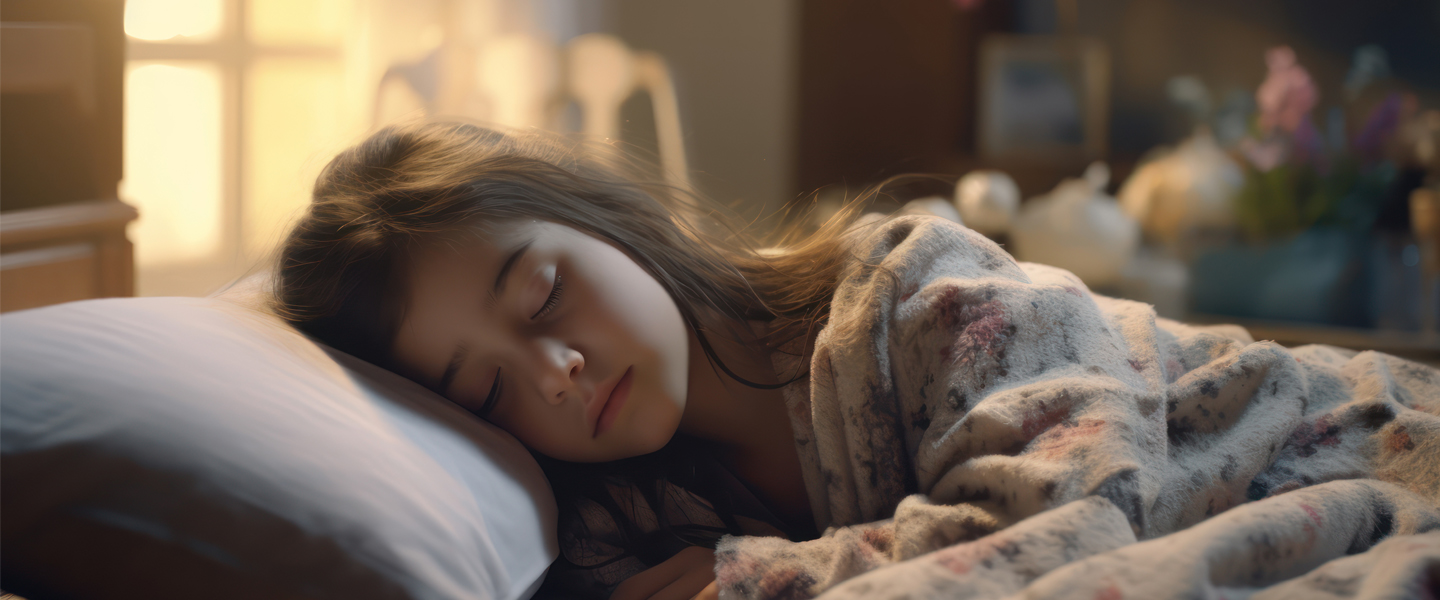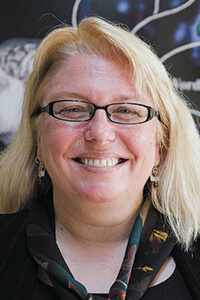Sleep Disturbances in Preadolescents Predicted Increased Depression Severity, Self-Harm Behaviors the Following Week
Sleep Disturbances in Preadolescents Predicted Increased Depression Severity, Self-Harm Behaviors the Following Week

For the first time, researchers have obtained evidence establishing a potentially predictive connection between disturbances in sleep and the occurrence of depression and self-harming behaviors in preadolescent children.
Led by 2022 BBRF Young Investigator Caroline P. Hoyniak, Ph.D., of Washington University, St. Louis, the team makes clear what is at stake in their study, in a paper appearing in Research on Child and Adolescent Psychopathology. Preadolescence is the transition period from late childhood to adolescence that not only coincides, typically, with the onset of puberty, but is also a time of physical and psychosocial development, marked by “rapid increases in capacity for emotional regulation,” albeit in the context of increasing peer pressures and the growing need for autonomy. “This confluence of factors puts preadolescents at heightened risk” for psychiatric conditions, especially mood disorders, particularly among females.
Statistics show that depression significantly increases in prevalence during the childhood-to-adolescence transition. Importantly, child-onset depression is known to increase risk for a “chronic and relapsing course of depression throughout the lifespan.” Experiences with self-injurious thoughts and behaviors (SITBs) often co-occur with mood disorders in preadolescence. For reasons still unclear, there has been a rise in the rate of SITBs in preadolescent youth across the last two decades, and suicide is now the second leading cause of death in youths aged 10-14. In preadolescents in whom depression and SITBs co-occur, symptoms tend to be more severe and there is increased risk for functional impairment later in life, including substance use problems and suicidal behaviors.
It is currently quite difficult to predict risk for episodes of depression or SITBs in youth, the team points out. One promising area of research in older individuals has focused on sleep disturbances as a risk factor and potential predictor of subsequent mood episodes. “Sleep disturbances” include trouble falling asleep and frequent waking in the night; sleepwalking and night terrors; as well as disordered breathing during sleep, short total duration of sleep, and daytime sleepiness.
“Given the burden of depression and self-harm behaviors in childhood,” the team said, “it is critical to identify predictive factors associated with increased risk for recurrence, [and] sleep disturbances may be one such risk factor.”
Noting that 20% of preadolescents experience sleep disturbances, as well as about three-fourths of all youth diagnosed with depression, the researchers set out to explore whether preadolescence might “provide a unique window for exploring the unfolding nature of the relationships between sleep, depression, and SITBs.” Two BBRF Scientific Council members were senior members of the team: Joan L. Luby, M.D., a three-time BBRF grantee and winner of BBRF’s Klerman (2004) and Ruane (2020) Prizes; and Deanna Barch, Ph.D., a four-time BBRF grant recipient and winner of the 2024 BBRF Lieber Prize.
Of particular interest to the team were the temporal dynamics of sleep/depression/SITB relationships: how they evolved over time in a sample of preadolescents, many of whom had been diagnosed with major depressive disorder (MDD) in early childhood. They were also mindful of the fact that traditionally, sleep disturbances in adults have often been thought of as symptoms of depression, not an independent risk factor. This may or may not be a useful way of thinking of sleep and depression, either for adults or young people.
To explore “temporal dynamics and directionality” of sleep/depression/SITB relationships in preadolescence, the team drew in part upon children who had participated in a randomized-control trial at Washington University to study the effectiveness of a form of depression therapy for young children and their parents, called Parent-Child Interaction Therapy--Emotion Development (PCIT-ED). That study enrolled 229 children ages 3-7 from 2014-18.
Some of those children along with others formed the cohort in the current study of 210 children ages 8 to 12 years. These children, 125 of whom had a history of or current SITBs, were asked to complete weekly assessments (via computer or phone) of depression symptoms and SITBs across the course of a year. Of these subjects, 118 completed surveys for at least two consecutive weeks and were included in the analysis for the new paper.
The 118 participants in the final analysis were, on average, 10 years old; 29% female; and 75% white. In addition, 46% of the sample had a current diagnosis of MDD (i.e., diagnosis made in preadolescence), and 87% had either a past or current diagnosis of MDD. About half the cohort had a current diagnosis of an anxiety disorder or phobia, and about 25% had a current diagnosis of ADHD.
The most important finding of the study was that weekly self-reports of trouble sleeping were found to predict and precede reports of increased depression severity and engagement in self-harm behaviors the following week. Also, reports of fatigue predicted increased depression severity the following week.
The researchers indicated a number of possible mechanisms that might be underlying the associations they found. Disturbed sleep often leads to long “awake” periods in bed, which can provide opportunities for rumination—the repetitive contemplation of negative thoughts. Also, sleep disturbances are known to affect the function of brain regions central in emotional regulation; they may help to exacerbate negative moods. Another possibility is that the loss of sleep reduces REM sleep, which is thought to help individuals process and manage negative emotional memories.
The team stressed its finding on linkages between disturbed sleep and near-term increased deliberate self-harm behaviors (although possibly not including suicidal thoughts) appeared to be independent of any impact sleep disturbances had on increased depression severity. This risk “signal,” if replicated in larger studies involving a more diverse cohort, could be of great import to doctors caring for preadolescents. Monitoring sleep disturbances, and potentially providing interventions to improve sleep habits, might help prevent self-harm in at-risk preadolescents, the team said.
“Clinicians working with preadolescents with or at risk for depression and/or self-harm behaviors should regularly assess difficulty sleeping and fatigue,” they advised. “Measurement-based care including weekly assessments . . . could be incorporated into treatment for depression or self-harm in a brief and cost-effective manner to detect sleep disturbances” when they first appear. Also, the team suggested, “clinicians should consider intervention strategies to help shift sleep earlier (e.g., bedtime scheduling), to increase adherence to consistent daily sleep-wake rhythms, increase sleep durations overall, and target social barriers to sleep (e.g., reducing caffeine and phone use before bedtime).”





